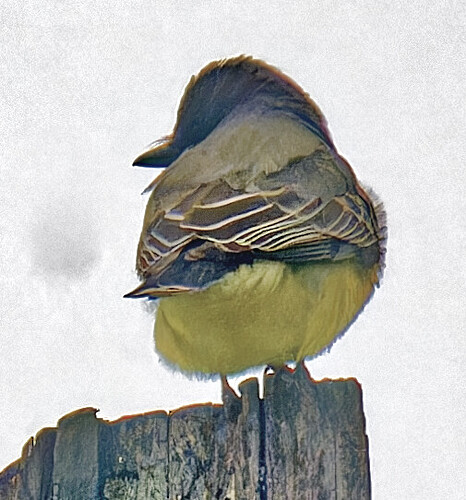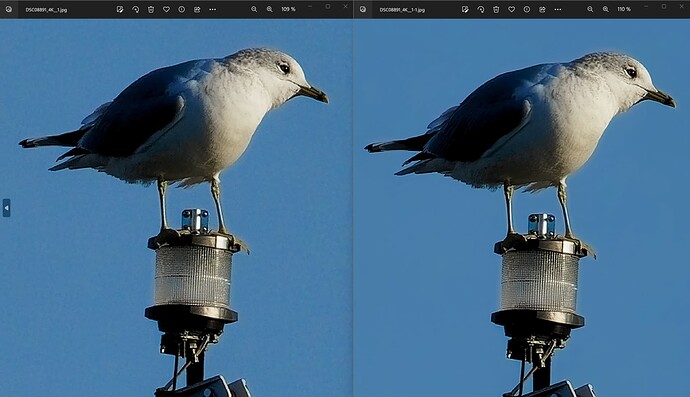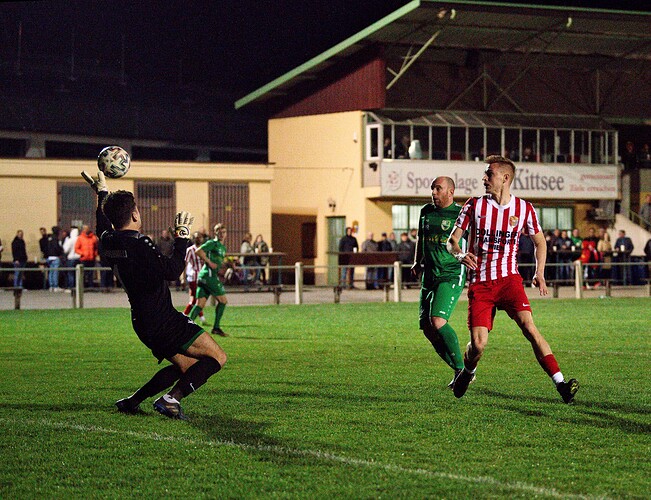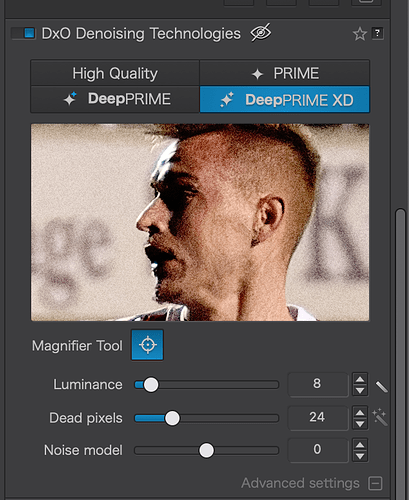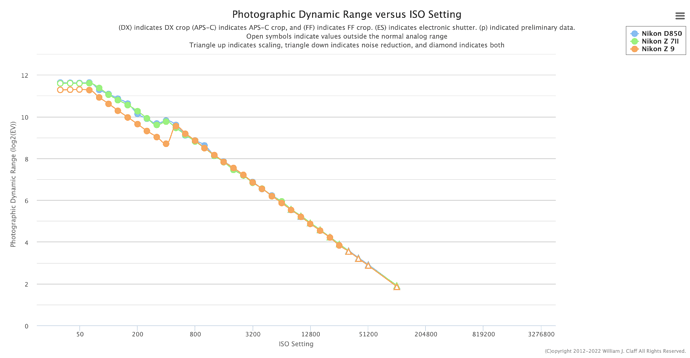It doesn’t make much sense to compare the low light performance of 21 to 26 MP cameras with 45 MP to 55 MP cameras. When one downsizes the larger images, the definition goes up and the effective low light performance is usually higher. That said, it’s a lot of pixels to push around for roughly the same performance at high ISO.
Much of the magic of high ISO is from DxO PhotoLab, which has been removing two stops of noise from high ISO Canon images since Prime (lots of chroma noise). Latest DeepPrime XD seems to do the same work for Nikon high resolution bodies (45MP) at very high ISO (12800 and above).
One can even see in this image (no noise reduction) the grid pattern of the D850 sensor (to see the grid pattern, it’s best to download the original and look at the whole image).
With DeepPrime XD, the noise is gone but the image remains detailed and colourful.
For reference, the settings I use for publication are very light (I used heavier settings for a recent test).
In the case of high resolution bodies, DeepPrime and DeepPrime XD give new value for the extra pixels at high ISO. Normally at high ISO it’s hard to both bring down the noise and extract the detail from high resolution bodies. DeepPrime and DeepPrime XD do that.
The autofocus in low light is significantly better on a D5 or D6 so there’s still a place for sports bodies. But in terms of the final image at high ISO, PhotoLab is a huge leveller. I chose the D850 for this shoot as the game started in daylight at ISO 200.
It’s a good feeling to be confident enough in the image quality at high ISO of the high MP bodies to be able to shoot a single body for a mixed light event.
No, I did not notice any image improvement between the D850 and Z9. In effective terms, they are the same sensor. Just checked Photons to Photons. There is no real difference between the D850, Z7 and Z7 II 45 MP sensor, but there are differences between those three and the Z9.
Sensor differences between Z9 and previous Nikon 45 MP bodies in real world photography is a subject to explore in future. For sports photography I didn’t noice any real difference but that’s probably because most of the time for high shutter speed I’m at ISO 1600 and up.

